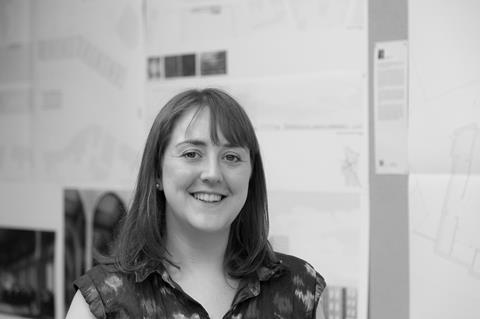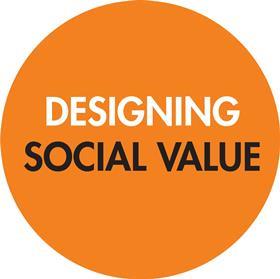Eleanor Jolliffe considers how to get everyone a seat at the table

Between 1898, when Ethel Charles entered the RIBA’s register, and 1998, when the Arb’s first data is available, the make-up of the architectural profession remained largely male.

In 100 years we went from a single female architect to women making up just 11% of the register. Perhaps this is unsurprising. Until fairly recently social attitudes have not been that kind to women in “male” professions. Indeed, American architect Bruce Goff (who only died in 1989) was quoted as saying: “Women are as imaginative as men; they just have the wrong kind of imagination for architecture.”
The statistics on women in architecture since 1998 are more encouraging. We have gone from 11% of the profession to 28% and new applicants to the register are now 44% female (as opposed to 23% in 1998). Clearly, attitudes about what gender an architect “should” be have changed.
However, the more I have been reading around this subject, the less I am convinced that these blanket figures tell the whole story.
Women, many would argue, can be seen throughout the history of the architectural profession. Ours is a collaborative profession, and the name on the titleblock does not usually tell the whole truth about the authorship of the work on the page.
Dr Elizabeth Darling of Oxford Brookes University told me she believes that, long before 1898, women played a major role in the design process as patrons, users and theorists – as architects in all but name. Bess of Hardwick arguably fits this description, as does Truss Schroder-Schrader and Elizabeth Denby, of whom Dr Darling writes: “The extent of her ideas and influence in the inter‐war period helped perpetuate the eligibility of women to comment upon and inform the making of the British landscape into the post‐war era.”
Women are as imaginative as men; they just have the wrong kind of imagination for architecture
Bruce Goff
Dr Darling is not alone in this hypothesis. Professor Gwendolyn Wright wrote of American women within architecture in the 19th century: “It has been inappropriate for them, being women, to be as flamboyant as the eccentric artists, as competitive as the businessmen, as bold as the daring engineers who are the master architects… the majority accepted the inferior status of anonymous designer in order to belong [to the architectural profession].”
Until recently systems of recognition for female contributions were not in place. The title of architect did not impact on the contribution women made to the wider profession, but it has impacted on the recognition and remembrance of it. Without it these women fell through the cracks of history.
Attitudes have changed. The profession today is beginning to look more representative of the society it operates in. However, it can still be hard for diverse voices to be recognised in a profession that has been so male and so pale for so long. For context, the UK’s population (according to the Office for National Statistics) is 51% female, 86% white and 93.2% heterosexual. In 2018 the Arb register was 28% female, 79% white and 80% heterosexual. (Note that the Arb only holds ethnicity and sexual orientation data on 60% of the register so this is an incomplete picture.)
I believe there is an audience for diverse voices within architecture, but there are fewer automatic pathways for these voices to be heard. The systems of recognition within the profession were largely set up for the majority voice and, while the majority voice may be changing, I’m not sure the systems are changing at the same pace.
It’s human to seek your tribe, but perhaps not always helpful
I sometimes wonder if we may be held back here by nervousness – of what it might look like if an older man mentors a younger woman; or how to find common ground with someone who has a very different life experience. It’s human to seek your tribe, but perhaps not always helpful.
There is a biblical metaphor that has always seemed apt to me when considering diversity within any group: “the body does not consist of one member but of many… If the whole body were an eye, where would be the sense of hearing? If the whole body were an ear, where would be the sense of smell?… If one member suffers, all suffer together; if one member is honoured, all rejoice together.”
Diversity is difficult because it is not skin deep. None of us is truly representative of our demographic. However diversity is vital. To continue the metaphor above, a practice made entirely of eyes would fail instantly, as would one comprised entirely of ears.
We need to work a little harder at encouraging and recognising the diversity of experience and opinion within our midst (without excluding that of white, middle-class men who are also vital).
We are in a fast-changing environment and as we discuss and reposition the role of architect, at a practice level and at the level of the profession overall, we need many voices – the whole body – around the table.
















7 Readers' comments